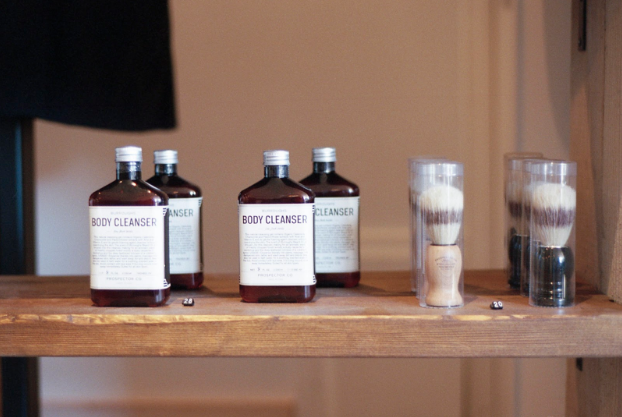Cosmetics sales in brick and mortar stores may be on the decline, but the majority of beauty purchases still come from department and drug stores. However, as online purchasing becomes more popular, competition on physical retail shelves becomes more cutthroat. With that in mind, it’s critical you consider new ways to make your merchandise stand out against your competitors.
Taking advantage of these three cosmetics industry trends will help your product shine on the shelves:
1. Highlight Sustainability
The global organic personal care market is expected to reach 15.98 billion by 2020, according to Grand View Research. People want to know what they are putting into their bodies. Nearly 40% of women intend to increase their spend for all-natural beauty products, and 59% read labels to check ingredients before buying, Skin Inc. reported. As awareness continues to increase, companies that make their stance on sustainability clear will be able to pull shoppers away from competitors whose ingredients are listed on microscopic labels.

How to do it:
Set your sustainable products apart in a designated area that clearly convey their “green” nature. Consumers interested in organic products or sustainable supply chains would rather head straight for these displays than sort through dozens of products that are irrelevant to them before finding what they’re looking for.
One way to boost sales through these displays is to educate new customers who might be unfamiliar with the benefits of sustainable products. Shoppers may not have time to read labels in their entirety, so try using visual cues, like infographics, to highlight the benefits of your products.
To monitor how effective these displays are, try using mobile forms that allow you to collect data easily, produce reports, and gain insight from analytics. That way, you can see how sustainable cosmetics are performing over synthetic beauty products.
2. Market to Millennials:
Forty-nine percent of millennial women prefer natural or organic skin care products and intend to purchase them in the future, Women’s Marketing found. Therefore, as the beauty market continues to grow - and sustainable products become more popular - marketing to millennials is becoming increasingly important. Next to baby boomers, millennials are the largest consumer segment of the cosmetics industry.
/iStock_74034209_LARGE.jpg?width=640&name=iStock_74034209_LARGE.jpg)
How to do it:
Consumers’ attention span is just two-thirds of what it was in 2000 - it’s now shorter than that of a goldfish! Hands-on product demonstrations give shoppers a way to interact with your brand within seconds of discovering it on the shelf. Plus, it gives social media users a chance to post about their experience with your brand, giving you a bit of free promotion.
Deals and reward programs have also proven effective in engaging millennial shoppers. Eighty-six percent of millennials sign up for loyalty programs, according to Access Development. Merchandisers can use photos to monitor competitor discount programs while simultaneously keeping track of facings and stock levels.
3. Create Engaging Displays:
Clear and engaging displays make it easy for interested customers to find your brand while generating awareness and intrigue for those who may not have tried your products before. Success depends not just on the plans behind these efforts, however, but also how they are executed in the field.
/cosmetics-display.jpg?width=640&name=cosmetics-display.jpg)
How to do it:
Proper signage can boost sales by more than 40%, the International Journal of Management Research and Business Strategy reported. Use visually-appealing, exciting signage not only to point to your space on the shelf, but also to tout the benefits of your products over your competitors’.
Moreover, it has been proven that proper lighting can increase merchandise sales by up to 20%. Try experimenting with different lighting strategies, or even include reflective surfaces like mirrors to brighten the appearance of your products on the shelf.
When taking advantage of these cosmetic industry trends, it pays to also take stock of the ways your competitors are reaching out to shoppers. Mobile data collection software gives merchandisers an easy way to capture and share photos of competitor displays during their regularly scheduled store visits. Plus, managers can then make adjustments based on real-time data their reps collect in the field. With a finger on the pulse of your competitors’ merchandising strategies, you can be sure to stay a step ahead.



/iStock_74034209_LARGE.jpg?width=640&name=iStock_74034209_LARGE.jpg)
/cosmetics-display.jpg?width=640&name=cosmetics-display.jpg)
.png?width=480&height=252&name=PRESS%20RELEASE-2%20(4).png)

